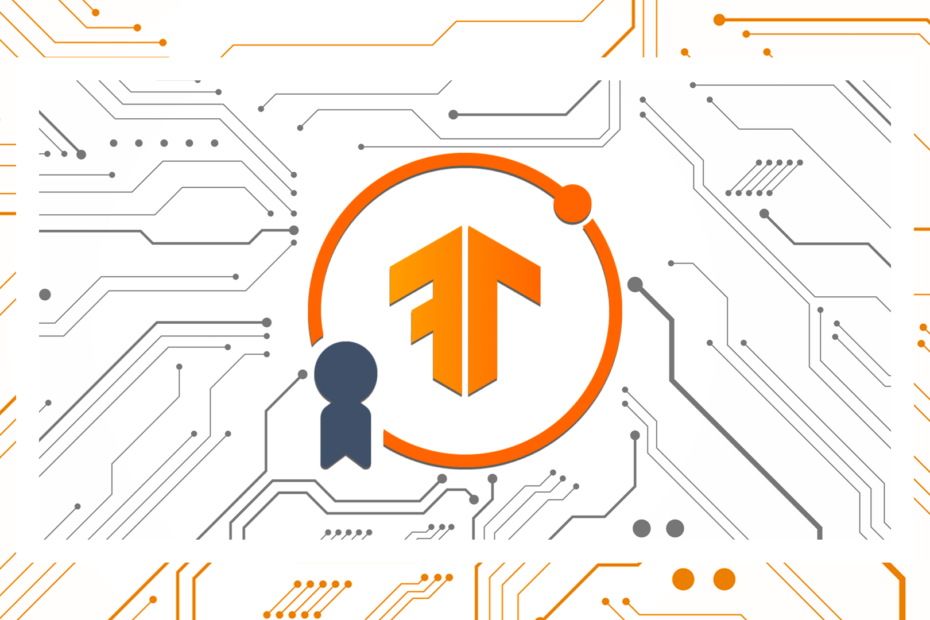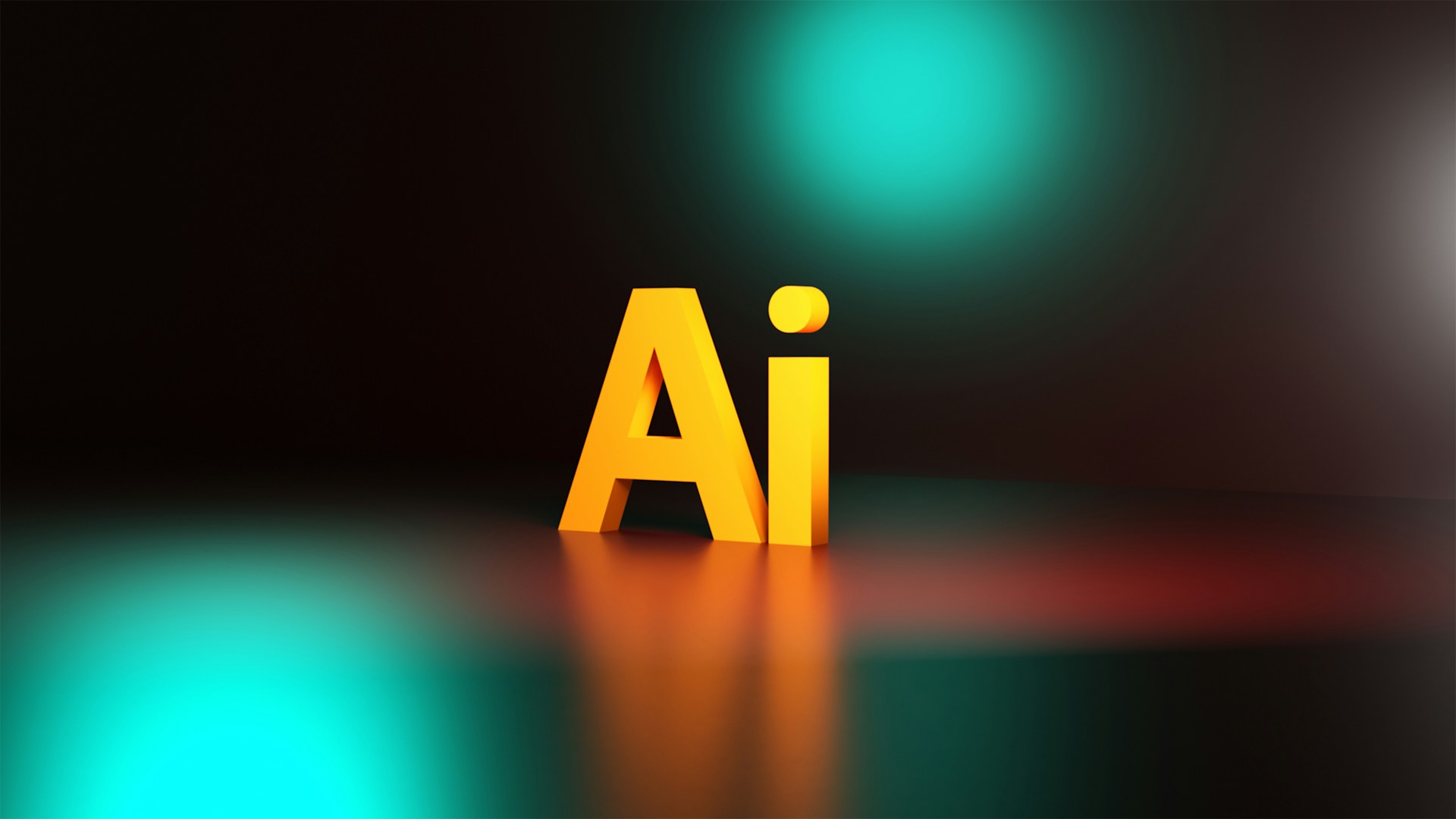Introduction
In recent years, the field of artificial intelligence (AI) has witnessed unprecedented growth, revolutionizing various industries. One of the key players in this technological evolution is TensorFlow, an open-source machine learning framework developed by the Google Brain team. TensorFlow has emerged as a powerhouse for building and deploying AI applications, and its capabilities extend to a wide range of tasks, including detection systems. In this comprehensive article, we will explore how TensorFlow can be leveraged for detection applications, covering its underlying principles, key features, and practical implementations.
Understanding TensorFlow
TensorFlow is a popular and versatile machine-learning framework that facilitates the development and deployment of AI models. It is based on the concept of tensors, which are mathematical representations of data that flow through a directed graph structure. The framework allows developers to define, train, and deploy machine learning models efficiently. TensorFlow supports various neural network architectures, making it suitable for tasks ranging from image and speech recognition to natural language processing.
Key Features of TensorFlow
Before delving into the specifics of detection applications, it’s essential to highlight some key features of TensorFlow that contribute to its widespread adoption:
- Flexibility and Scalability: TensorFlow provides a flexible platform that accommodates both beginners and experts in the field. Its scalability allows seamless transition from development to deployment in various environments, from single devices to distributed systems.
- High-Level APIs and Abstractions: TensorFlow offers high-level APIs and abstractions like Keras, facilitating the implementation of complex neural network architectures with minimal code. This makes it accessible to developers with varying levels of expertise.
- TensorBoard for Visualization: TensorBoard, an integrated visualization tool, aids in understanding and monitoring the training process. It allows users to visualize metrics, model architectures, and more, enhancing the debugging and optimization of models.
- Ecosystem and Community Support: TensorFlow benefits from a vast and active community, leading to extensive documentation, tutorials, and pre-trained models. The TensorFlow ecosystem includes tools like TensorFlow Lite for mobile and edge devices, TensorFlow.js for web-based applications, and TensorFlow Extended (TFX) for end-to-end machine learning workflows.
Detection Systems: An Overview
Detection systems play a crucial role in various domains, from computer vision and object recognition to anomaly detection and fraud prevention. These systems aim to identify and categorize specific patterns or entities within input data. TensorFlow’s capabilities make it well-suited for developing detection systems, enabling the creation of accurate and efficient models.
TensorFlow in Computer Vision
Computer vision is a field where detection systems are heavily employed, and TensorFlow excels in this domain. Convolutional Neural Networks (CNNs), a type of neural network architecture particularly effective in image-related tasks, can be easily implemented using TensorFlow.
- Object Detection with TensorFlow Object Detection API:
TensorFlow Object Detection API simplifies the process of implementing object detection models. It provides pre-trained models for common datasets like COCO (Common Objects in Context) and allows developers to train models on custom datasets. The API supports various architectures, such as Single Shot Multibox Detector (SSD), Region-based CNN (R-CNN), and Faster R-CNN, offering flexibility based on project requirements. - Image Classification and Transfer Learning:
TensorFlow facilitates image classification tasks by leveraging pre-trained models through transfer learning. Models like Inception, MobileNet, and ResNet can be fine-tuned on specific datasets, saving time and computational resources. Transfer learning allows developers to leverage knowledge gained from one task and apply it to another, enhancing model performance.
TensorFlow in Natural Language Processing – (NLP)
TensorFlow is not limited to image-related tasks; it also excels in Natural Language Processing (NLP) applications, including text detection and sentiment analysis.
- Text Detection with Recurrent Neural Networks (RNNs):
Recurrent Neural Networks are widely used in NLP tasks, and TensorFlow’s capabilities make them accessible for text detection. Applications range from identifying key entities in documents to sentiment analysis for social media monitoring. - Sentiment Analysis with TensorFlow NLP Tools:
TensorFlow’s NLP tools, such as TensorFlow Hub and TensorFlow Text, simplify the implementation of sentiment analysis models. These models can categorize text data into positive, negative, or neutral sentiments, enabling businesses to gain insights from customer reviews, social media comments, and more.
TensorFlow in Anomaly Detection
Anomaly detection involves identifying patterns or events that deviate from the norm. TensorFlow’s flexibility and scalability make it suitable for implementing anomaly detection systems in diverse domains, including finance, healthcare, and cybersecurity.
- Time Series Anomaly Detection:
TensorFlow’s capabilities extend to time series data, a common format in anomaly detection. Recurrent Neural Networks and Long Short-Term Memory (LSTM) networks can be employed to capture temporal dependencies and identify anomalies in sequences of data. - Autoencoders for Unsupervised Anomaly Detection:
Unsupervised anomaly detection can be achieved using autoencoders, a type of neural network architecture that learns to encode and decode input data. TensorFlow allows developers to implement autoencoders for various data types, such as images, text, and numerical data.
Practical Implementations
Having explored TensorFlow’s applicability in various detection systems, let’s delve into practical implementations in different industries.
- Healthcare:
TensorFlow has been utilized in medical image analysis for detecting anomalies in X-rays, MRIs, and CT scans. Detection models can identify abnormalities, assisting healthcare professionals in timely diagnosis and treatment planning. - Retail:
In the retail sector, TensorFlow can be applied for inventory management and loss prevention. Object detection models can monitor shelves to detect out-of-stock items or identify instances of theft, enhancing overall store security. - Finance:
TensorFlow’s anomaly detection capabilities are valuable in financial fraud detection. Models can analyze transaction patterns to identify unusual activities, potentially indicating fraudulent behavior. - Manufacturing:
Detection systems powered by TensorFlow find applications in quality control within manufacturing processes. Visual inspection models can identify defects in products, ensuring the production of high-quality goods.
Challenges and Future Directions
While TensorFlow has proven to be a robust framework for detection systems, challenges persist, and ongoing research aims to address them. Some challenges include:
- Data Privacy and Ethical Concerns:
As detection systems become more prevalent, concerns regarding data privacy and ethical use of AI technologies arise. Striking a balance between innovation and responsible deployment is crucial. - Interpretable Models:
The black-box nature of some deep learning models poses challenges in understanding and interpreting their decisions. Research into creating more interpretable models is ongoing to enhance trust and accountability. - Robustness to Adversarial Attacks:
Detection systems must be robust to adversarial attacks, where malicious actors attempt to manipulate input data to deceive the model. Enhancing the robustness of models is a key focus for researchers. - Edge Computing and Real-time Processing:
As the demand for real-time detection systems increases, the challenge lies in deploying models to edge devices with limited computational resources. Optimizing models for edge computing is a current research focus.
Conclusion
In conclusion, TensorFlow has emerged as a powerhouse for the development and deployment of detection systems across various domains. Its versatility, flexibility, and extensive community support make it an ideal choice for both beginners and experts in the field of AI. From computer vision tasks to natural language processing and anomaly



